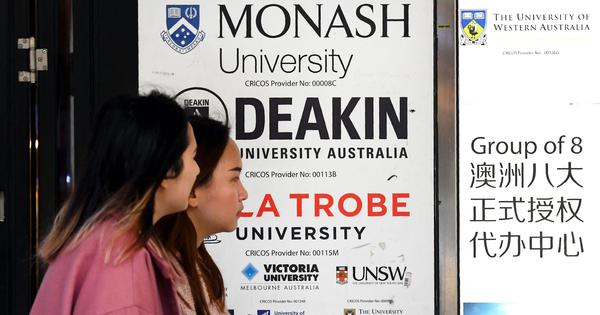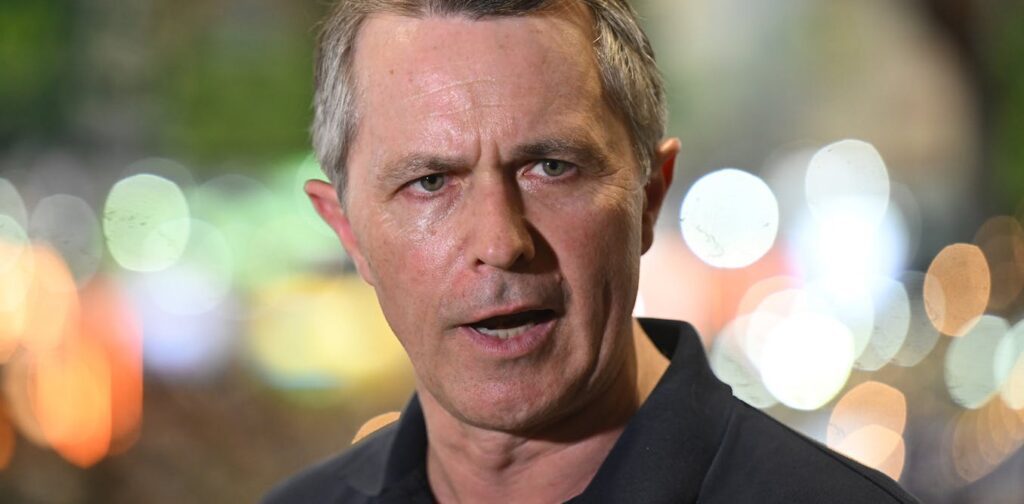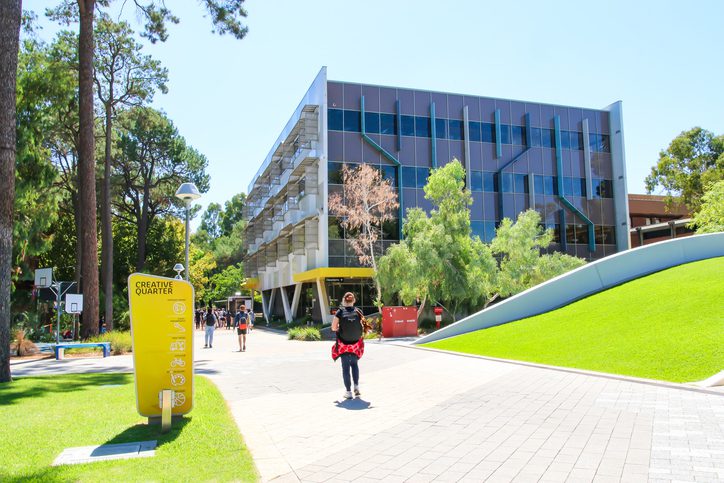International Student Cap Boost: Little Change Expected

Changes to International Student Numbers in Australia
If you’re considering studying and working in Australia, there are some important updates regarding international student admissions. The Albanese government is easing its approach for the year 2026, making small changes to the cap on international students. This new plan aims to gradually increase the number of new international students allowed to study in Australia.
What’s New for 2026?
The maximum number of new international students will rise from 270,000 to 295,000 in 2026. While this sounds promising, there are still various migration policies in place that could affect how many actually make it here. So, while there’s a target in place, there’s a possibility that we may not see the full number.
Current System Overview
Right now, the 270,000 target is divided into 176,000 spots for higher education and 94,000 for vocational education. Education providers have caps, and when they reach 80% of their allotted spots, new student visa applications may face slower processing times. It’s a bit of a “soft cap” system, meaning while there is a target, it’s not strictly enforced.
Key Changes in 2026
In 2026, all education providers will at least receive their 2025 allocation. For higher education, 196,750 student places will be available, making up two-thirds of the total. Public universities can apply for additional spots if they demonstrate good progress in accommodating students and engaging with Southeast Asia, a new focus intended to support international collaboration.
Focus on Vocational Education
In vocational education, providers with over 100 allocations will see a 5% increase for 2026. Smaller providers will face a slightly varied system and can recruit up to 80 students without facing delays in processing. However, once they exceed this number, new applications will experience slowdowns.
New Exemptions in 2026
Challenges Ahead for Vocational Education
Despite the government’s optimism, the demand for vocational education from overseas has significantly dropped. In the first half of 2025, only 8,108 offshore applications were submitted, a staggering decline from previous years. This indicates a looming question: will vocational education providers actually meet the new caps? While the 2026 allocation looks good on paper, there are deeper issues affecting international demand.
Higher Education’s Resilience
On a more positive note, the demand for higher education is showing resilience. While numbers have dipped compared to the peak years of 2023 and 2024, international student interest is comparable to the pre-COVID levels in 2019. China remains a key player in this sector, as many Chinese students are still interested in studying here.
However, demand from India, which is Australia’s second-largest source of international students, has dropped significantly. The trend indicates that universities relying on Indian enrolments may struggle to meet their caps.
What Does This Mean for You?
As the government increases target caps and modifies its approach, it’s essential to navigate these changes wisely. Although there are some encouraging developments, the migration system still has limitations, and the government officially plans to take a more regulatory stance from 2027 onwards. This shift signifies a need for prospective students to stay updated on their options and be prepared for potential challenges in the coming years.
Have your say!
Got a question or experience to share? Leave a comment below and join the conversation.
Thinking about moving to Australia?
Join our free and supportive community at Oz Visa Forum.
Post in our forums to get advice and support from people who’ve already made the move.
Not sure where to start? Click here to get started







Responses